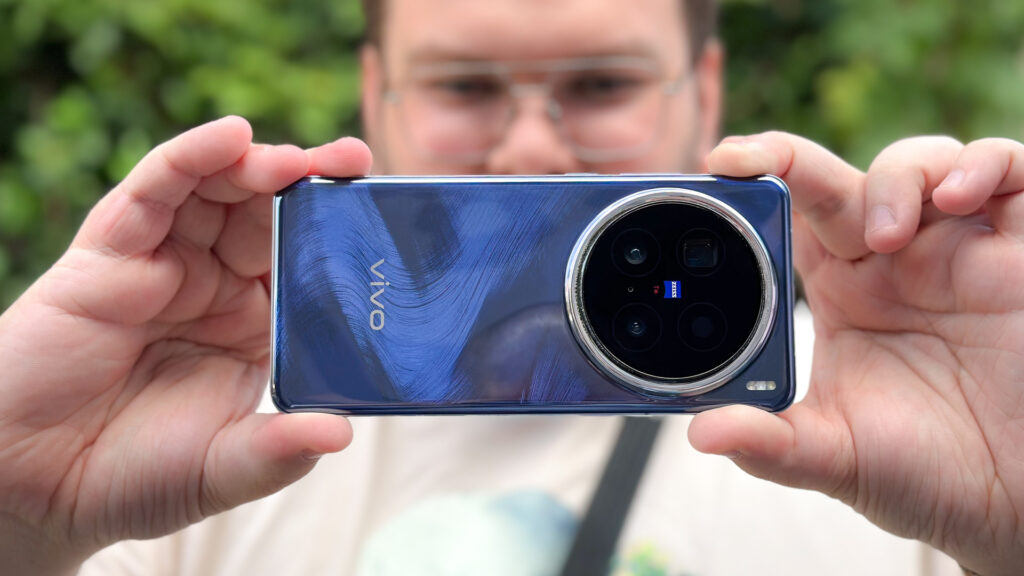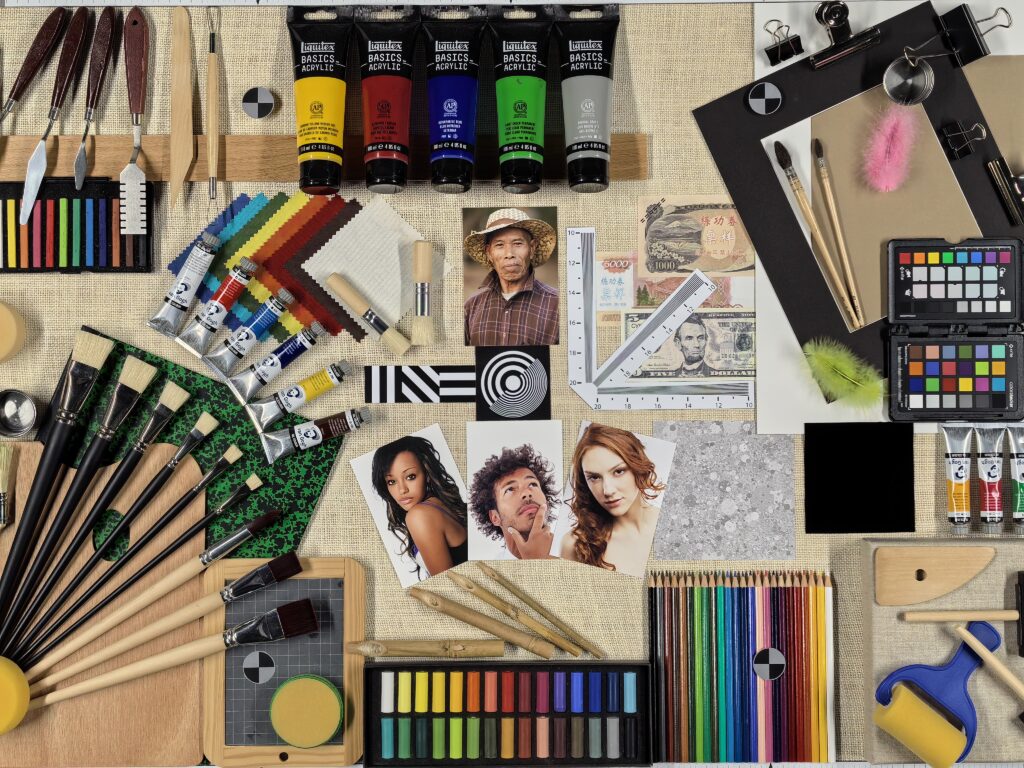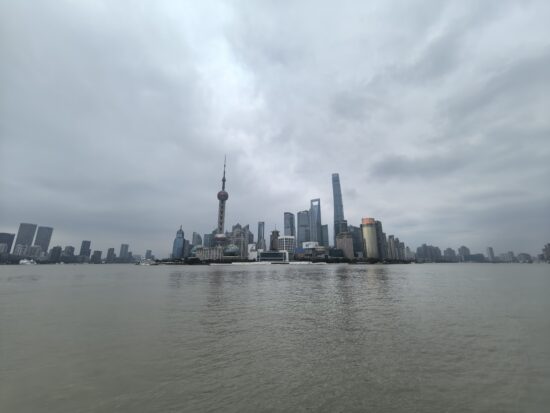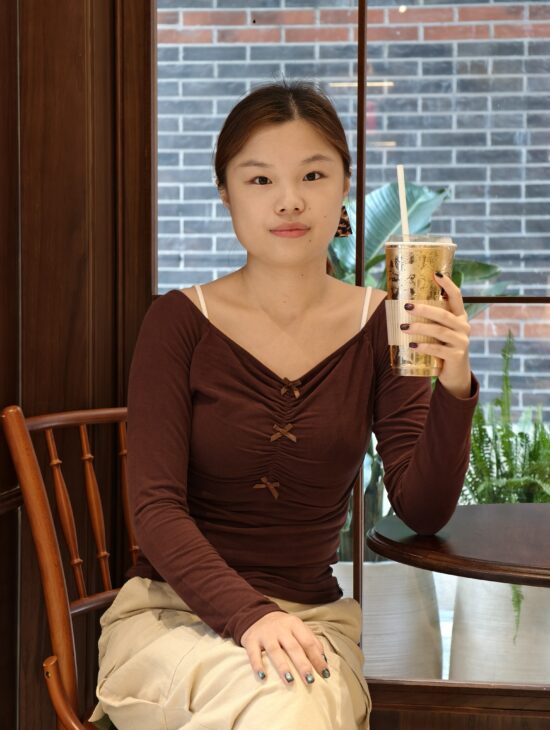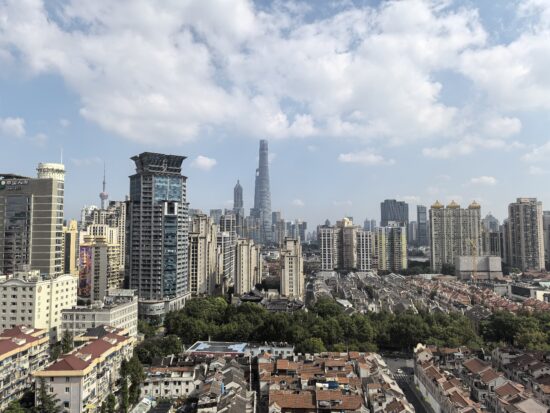The much-awaited Vivo flagship, the X200 Pro, has been available on the Chinese market for several weeks, and we know you have been eagerly awaiting a DXOMARK evaluation.
Our engineers and technicians haven’t wasted any time in examining the performance of the X200 Pro’s camera.
DXOMARK’s ongoing commitment to identify and study consumer preferences, particularly in technically challenging areas such as smartphone portrait photography, has allowed us to enrich the way we are evaluating the latest smartphone flagships, particularly those from China.
To ensure our tests and protocols reflect daily use cases and local practices, DXOMARK performed localized photo sessions for evaluation to ensure thorough and typical use cases for devices specifically made for the Chinese market.
We are pleased to share localized images, laboratory measurements, and consumer surveys on the Vivo X200 Pro, a flagship that was recently released only in China.
Our methodology for this hands-on evaluation of the Vivo X200 Pro involved four days of shooting in Shanghai, two days of consumer portrait surveys, 30 local participants, three brands for comparison (four devices), 13 shooting modes, and three days of intensive testing in our Paris labs. More than 3,000 images and 250 real-life scenes were taken for this evaluation.
We focused on five main areas:
1. Zoom
2. Portrait and landscape quality testing
3. Photo styles
4. Flare
5. Zero shutter lag
We compared the Vivo X200 Pro’s performances with the Vivo’s predecessor, the Vivo X100 Pro; the current No. 1 phone in our ranking, the Huawei Pura 70 Ultra; and the Apple iPhone 16 Pro Max.
While each model has its own strengths and weaknesses, our results, detailed further below, showed that the Vivo X200 Pro smartphone proved to be a formidable flagship performer in tele zoom and portraits, with renderings that were highly favored by Chinese consumers.
Zoom: Excellent details
A main area of competition among smartphone camera makers in the ultra-premium category is the quality of their zoom performance. The image quality of a smartphone camera’s zoom from ultrawide to longest tele depends largely on the device’s ability to maintain a good amount of image details.
Based on our evaluation, the Vivo X200 Pro’s zoom capabilities were class-leading, showing outstanding quality for medium tele and long ranges, starting from 85mm.
Combined with impressive hardware, a 1/1.4-inch 200-megapixel sensor, the tele module delivered outstanding results from 3.7x all the way to 10x, as the following examples show.
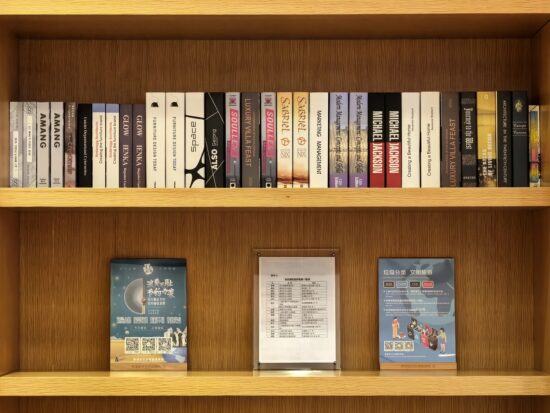
In our lab, we measured detail preservation at various distances, but the Vivo X200 Pro clearly surpassed the others, particularly from 3.7x to 8x for all lighting conditions.
However, despite its stellar medium to long-range tele performance, the Vivo X200 Pro’s image detail rendition was a bit behind some of its competitors at close-range zoom, which we consider the 35mm to 70mm equivalent, and at ultra-wide focal lengths. In this regard, the Huawei Pura 70 Ultra, sets the bar high for detail rendering at all focal lengths by using its tele module to enhance details in the center of images on intermediate zoom levels.
The device’s performance at close-range zoom, from 35 mm to 70mm, and even at ultrawide, was behind some of its competitors, as seen in the graph and photos below:
At close range zoom, top photo, the Vivo X200 Pro’s detail and resolution were better than the iPhone 16 Pro Max, but not as good as the Huawei Pura 70 Utlra. At ultrawide, below, details don’t reach Huawei’s levels, but the X200 Pro’s noise handling offers good results.
Low-light zoom
In more challenging lighting conditions, such as in a dimly lit room, late twilight or early dawn, the Vivo X200 Pro’s medium to long-range tele module performance (from 85mm and up ) was equally impressive in terms of detail preservation, outdoing both the Huawei and Apple. While noise levels were well controlled on the X200 Pro, they were not at the same levels as the Apple and Huawei flagships.
High-quality portraits
The Vivo’s outstanding tele zoom kicks in at 3.7x, or 85mm equivalent, which happens to be the preferred focal length for portrait photographers and photo enthusiasts, making the device an excellent performer for this type of usage. This hardware choice allows the device to capture high-quality portraits with minimal perspective distortion, regardless of the lighting conditions, whether outdoors or indoors.
However, at 3.7x, the iPhone 16 Pro Max continues to use its main lens. The iPhone switches to its tele lens at 5x. The following photos, taken at the equivalent of 85 mm to 95mm, so equal or slightly more than 3.7x on the Vivo device, with the Huawei and Vivo using the tele lens, but the Apple camera using the main lens.
The Vivo X200Pro provided the best long-range zoom performance, capturing high-quality portraits with minimal perspective distortion with its powerful telephoto lens.
In the following examples, all devices were using the tele camera:
Bright faces, soft contrast
In portraits, the Vivo X200 Pro showed a significant improvement over its predecessor, the Vivo X100 Pro. The X200 Pro’s default Vivid mode provided bright face renderings with soft contrast. The device’s default mode, Vivid, was the largely preferred over other Vivo modes—Natural and Textured.
The Vivo’s Bokeh performance was class-leading, with high image quality in outdoor and night settings. The device has very limited segmentation artifacts around the subject.
More on tones and styles
A key to good portraits and images, in general, is the way the mood can be conveyed through the tone. Device manufacturers are providing mobile photographers with a selection of options when it comes to personalizing their images or giving their photography a certain “look.” The Vivo X200 Pro, for example, offers three modes: Vivid (default), Natural and Textured, which is billed as giving the image the mood of a masterpiece. We saw that in bright light, the textured mode produced subtle differences in the images, but as the light decreased, the device wavered with exposure, providing an effect that was more intense and sometimes harsh or too strong.
The Huawei Pura 70 Ultra also offers three modes, named Original, Vivid, Bright. The Apple iPhone 16 Pro Max offers six modes or undertones that it says are “specific to the skin undertones your camera captures”: Standard (default), Neutral, Amber, Gold, Rose Gold and Cool Rose.
The Vivo X200 Pro’s Natural look provided a softer rendering, with less local and global contrast, less saturation and slightly cooler tone, providing a neutral image from which photographers/users could easily apply filters from Social Media or other third-party apps to personalize their photos.
Vivo says that its Textured is inspired by postwar humanist photography, adding drama to the overall image with a generally lower target exposure, a darker image heavy on contrast.
Let’s see how the X200 Pro’s modes compared with the skin tone renderings of the iPhone and the Huawei for the following portrait:
In a one-on-one comparison between the Vivo X200 Pro and the Apple iPhone 16 Pro Max, our study of local participants showed that the renderings of the Vivo X200 Pro’s Vivid mode had a tangible edge over the iPhone 16 Pro Max’s Neutral rendering.
Still, it should be noted that individually, just under half of the participants (12 out of 30 participants) still ranked one of the iPhone’s modes higher or equal to the Vivo X200 Pro Vivid mode.
When we added the Huawei Pura 70 Ultra’s renderings into the mix, all 13 tested renderings, four people ranked one of the iPhone modes as No. 1, while one consumer ranked Vivo’s Vivid mode as No. 1. Overall, our blind comparison study showed that our Chinese consumers preferred Huawei’s Original and Bright modes over the Vivo X200 Pro regardless of its mode, putting the X200 Pro behind the Huawei’s rendering.
Calculating the Satisfaction Index
Consumers were asked to provide feedback on the photos. The survey was divided into two parts:
1. Blind pairwise comparison: Participants were asked to choose between two photos of the same scene taken with different cameras. They take part in successive side-by-side comparisons between 2 of the 8 renderings of one scene until they achieve a consistent JOD (Just Objectionable Difference) scale across all 8 images (from 7 smartphones + 1 professional camera).
2. Photo series rejection: Participants were shown multiple photos of the same scene and asked to identify which ones they dislike or would not post on their social media.
This two-step survey allows us to collect the following information for each scene:
• the overall rejection rate for all respondents
• the rejection rate for the group being studied
• the JOD scale
A Satisfaction Index is then calculated for each picture, allowing us to determine user preferences and more.
To delve deeper, we included a questionnaire asking our panelists to specify why they might reject a particular picture.
To learn more about the Satisfaction Index, read Smartphone portrait photography: How did we measure user preference?
Sharp landscape images
The quality of landscape photos depends a lot on the details captured.
In technical terms, edge acutance, which refers to how sharp and clear the edges in an image appear, is an important attribute for landscape shots of cityscapes and architecture. Edge acutance measures how quickly the brightness changes from dark to light at the edges of objects in a photo. The higher the edge acutance results, the crisper and sharper the image appears.
The Vivo’s landscape images from the main camera displayed a high level of details, particularly in the center of the image but a tendency to show a visible loss of sharpness at the extreme corners. The Huawei Pura 70 Ultra and Apple iPhone 16 Pro Max did better in detail preservation throughout the image, especially in outdoor conditions.
Lab measurements showed that the Vivo X200 Pro’s edge acutance was nearly on the level of the Huawei and Apple, but the real-life photos helped to distinguish the difference among the devices in more detail.
Landscape photos produced vivid and pleasant colors. In cloudy weather, the Vivo X200 Pro’s white balance tended to lean toward slight green, while the comparison devices were more blue in tone.
But in sunny conditions, the X200 Pro’s colors were a bit more saturated than the colors on the comparison devices.
Intrusive flare
The device’s weak point was the presence of the artifact of flare, which was widely discussed on Chinese social media because of the flare’s obvious impact on image quality.
DXOMARK was able to precisely evaluate the characteristics of flare on its dedicated flare setup in its laboratory. With the device held at various angles to the light source, either in the field of view or not, we were able to reproduce the issues spotted by consumers in very repeatable conditions and measure the flare. Other devices were also evaluated using the exact similar testing conditions for comparison.
Flare was significantly more visible than some competitors mainly when the light source was at a particular angle. The presence of flare is mainly linked to the device’s optical design and coating, and the chances of fixing it with a software solution are relatively low.
In our tests, all devices are vulnerable to flare in certain conditions, however, they are more noticeable in the Vivo and the iPhone.
The Vivo X200 Pro experienced more flare than the Huawei Pura 70 Ultra, for light sources that were at 50-degree and 70- to 75-degree angles. The flare from the Vivo remained significantly high even when the light source moved out of the field of view. The Huawei Pura 70 Ultra’s flare decreased faster as the angle of the light source increased.
The following graph depicts the device’s flare behavior at various other angles to the light source.
Capturing the moment
How is the Vivo X200 Pro at capturing the moment? In our tests, we measured a slight shutter lag, which is the delay between triggering the shutter and the image capture, with the X200 Pro across varying lighting conditions. When the delay is more than 100 milliseconds, users can easily notice the delay when photographing moving subjects, affecting the user experience. The following example shows the milliseconds to capture after the shutter button is pressed.


